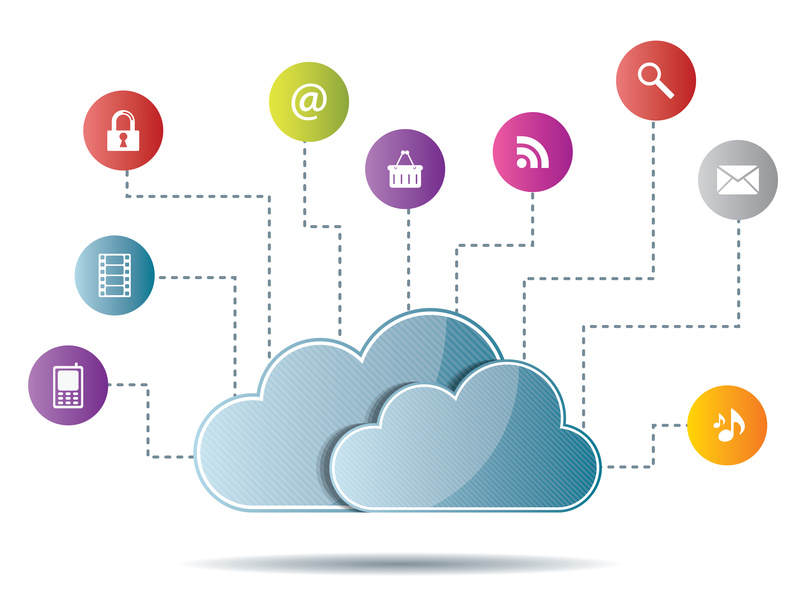Look up, Look waaayyy up… That’s where everyone is now sending their data. And just what is data these days? Anything digital. So let us count (just some of) the ways digital data is in our lives today.
- Cell Phones
- Photos & Movies
- Banking
- Shopping
- Apps & RSS Feeds
- Search
- Music
- And More…
Bad news for the ‘shrink-wrap’ and packaging business. No more crinkly cell-o-phane you have to wonder about recycling. No more shelf or drawer with the original package, which you might keep for a future reinstall if that was ever needed?
So has software literally left this world? Yes and no.
[dropcap]Y[/dropcap] Yes you don’t have any disc or packaging to prove your purchase of a software product or service, but it does exist and reside in your computer. It’s just that before the Internet the only way sellers could get software to buyers was to truck it to a store where you could buy it off the shelf, drive home and then install yourself. All seemed to make sense at the time. As of about 2010 people started to think differently and the concept of the cloud emerged. This combined with the Internet and this new mobile age helped create this more efficient and environmentally friendly distribution option. [dropcap]N[/dropcap] No the software has not left this world. It exists in the digital electronic world in a server somewhere and is probably backed up two or three servers somewhere else again. So now we don’t have to worry about. Really this is a huge advantage, but has changed or decimated certain businesses and simultaneously created new opportunities for others. It had to change anyway, in ‘ye olde’ days circa 2010 as mentioned above, you had to do everything. Now your software (free or paid) comes from the cloud, installs itself and manages updates automatically, all you have to do is push the button (get out your credit card or pay pal) to agree and ‘Bob’s your uncle’ it all happens like magic! Getting your software now without having to leave your chair, pretty awesome I would say.Here’s what the Wikipedia has to say: Cloud computing is a phrase used to describe a variety of computing concepts that involve a large number of computers connected through a real-time communication network such as theInternet. In science, cloud computing is a synonym for distributed computing over a network, and means the ability to run a program or application on many connected computers at the same time.
The phrase also more commonly refers to network-based services, which appear to be provided by real server hardware, and are in fact served up by virtual hardware, simulated by software running on one or more real machines. Such virtual servers do not physically exist and can therefore be moved around and scaled up or down on the fly without affecting the end user, somewhat like a cloud.
In common usage, the term “the cloud” is essentially a metaphor for the Internet. Marketers have further popularized the phrase “in the cloud” to refer to software, platforms and infrastructure that are sold “as a service”, i.e. remotely through the Internet. Typically, the seller has actual energy-consuming servers which host products and services from a remote location, so end-users don’t have to; they can simply log on to the network without installing anything. The major models of cloud computing service are known as software as a service, platform as a service, and infrastructure as a service. These cloud services may be offered in a public, private or hybrid network. Amazon and Google, Inc. are two of the most well-known cloud vendors.
All this is good as long as no one pulls the plug or some other (EMP Electro Magnetic Pulse > Nuclear War) disaster happens, in which we would all be melted anyway… so it’s all Good! Maybe we should think about writing a few things down again, just in case, like another back-up… you know?


Leave a Reply